Features, Applications, and Limitations of Anchor Handling Tug Supply Vessels (AHTS)
Offshore Anchor Handling is an activity that can be termed as thrilling as well as dreary, tiring, petrifying and more often than not professionally very rewarding. Anchor handling as a whole is able to test the vessel handling proficiency of expert handlers and even the master’s patience to the limits. To better understand and imply such intense vessel handling techniques, one has to devote a lot of time at sea and be constantly focused.
Anchor Handlers or Anchor Handling Tug Supply Vessels are very powerful ships that deploy, recover, and shift a sub-sea mooring pattern. These vessels are normally seen working with offshore installations. Either one or a fleet of anchor handlers (AHTS) co-operate with each other and work as a unit. During the demanding operation of Anchor Handling of an offshore installation such as a Drilling unit or even a Semi-Submersible Rig, these offshore vessels are assumed to be ‘slaves’ when assisting the vessels whose anchors are to be worked upon.
Prudent professionalism and total co-operation is required by personnel while performing such complex jobs.
During anchor handling operations, heavy machinery and related equipment are repeatedly pushed to their extreme in a very hostile environment. Breakdowns do happen, although not frequently, but when they are most unexpected. Such tough working conditions are ripe for causing serious damages to the vessel and her crew as a result of inadvertent brushing with the installations while working in close proximity, vessel’s motions due to the sea conditions and when maneuvering with high tension wires, chains, etc.
Anchor Handling Tug Supply Vessels are super strengthened, purpose built and different from the harbor tugs, or even the ocean going ones. The newer anchor handling tugs are built to survive the toughest conditions of the sea, keeping in mind safety, comfort and complete efficiency of the crew. They have limitations and applications of their own, making them the superior choice for sub-sea mooring operations in the offshore Oil and Gas fields.
All such Anchor Handling Tug Supply Vessels have certain things in common and have a range of work process in specific areas. The job requirements go along with the characteristics which are as mentioned below –
- AHTS vessels have superior bollard pull and a higher engine rating (BHP) which makes them powerful enough to be utilized for specialized jobs such as Anchor Handling.
- They are fitted with a combination of multiple thrusters (Bow and Stern)with twin-screw CPP systems providing tremendous vessel handling features that allows such vessels to work in any sea condition.
- Large amount of strengthened deck space astern of the accommodation areas allow even the largest of the anchors, heavy wires, chains, buoys and other related equipment to be stowed and handled.
- AHTS have an extremely powerful multi-drum system catering twin winches, one each for towing and anchor handling purposes. This is apart from the combination of other spare drums and work winches used especially for towing and deep water anchor handling.
- Sufficient amount of anchor chain can be stowed on board these vessels due to the availability of larger capacity chain lockers.
- AHTS are multipurpose vessels that can even perform the duties of the ordinary supply boats such as carrying large quantity of water, fuel and deck cargo.
Similarly, the Anchor Handling Tug Supply Vessel (AHTS) can be used up in diverse applications that are utilized in the offshore industry. They can be as follows –
- AHTS are used as multipurpose work boats in the oil and gas offshore field. They can perform towing operations, rig moves, execute general supply duties by carrying dry and liquid cargo such as cement, mud, fresh water, fuel oil, etc for the offshore installations as need be.
- If the ocean going tugs are not readily available, then these workhorses can take up to the role of salvaging and rescue.
- Anchor work for rigs, barges, semi-submersibles, construction barges, etc can be executed with the help of these kinds of vessels. These vessels can perform efficiently in toughest sea conditions and also in ultra deep waters.
- Installation of buoys, SBM mooring, sub-sea moorings are ideally done with the assistance of the Anchor Handling Tugs.
- Nowadays, they are progressively being utilized for towing and anchor handling of newer offshore structures such as the Tension Leg Platforms (TLP’s) or even the gravity based platforms and likewise.
On the contrary, AHTS vessels are only designed to perform certain tasks that are practically impossible for the other specifically designed offshore work boats such as the dedicated Platform Support vessels (PSVs), Multipurpose Platform support vessels (MPSVs) and likewise. Restrictions of these vessels are based upon the type of work to be carried out such as –
- Most of these vessels have a shallow draft and a design limitation of a wavy stern which is where they lose the pulling power during deep sea operations and are subsequently at their worst during rough sea weather conditions.
- They can be restricted to handle large construction or cargo barges when operating in confined spaces.
- Since they are more often than not confused with the harbour tugs, these vessels are not designed to push other vessels either alongside or at sea.
- These vessels have a limited pulling power for which the towing gears steel deck fittings, tow points and other suitable towing assemblies have to be strong enough in order to perform effortlessly.
Since such jobs are difficult and could endanger lives, taking short cuts, working impatiently, building up frustration and reacting complacently have to be isolated. The Master and the Crew of such workhorses, hence, have to remain alert at all times and portray swift and positive reactions to avert catastrophic consequences.
Image Credits: necdn, wikimedia
Do you have info to share with us ? Suggest a correction
Latest Type Of Ships Articles You Would Like:

About Author
Bikram Pal Singh is a professional mariner and blogger. He has sailed extensively, serving on various Oil tankers and Offshore Vessels. He enjoys reading and compiling notes about critical shipboard operations and crew psychology.
Subscribe To Our Newsletters
By subscribing, you agree to our Privacy Policy and may receive occasional deal communications; you can unsubscribe anytime.



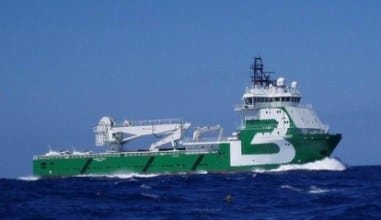
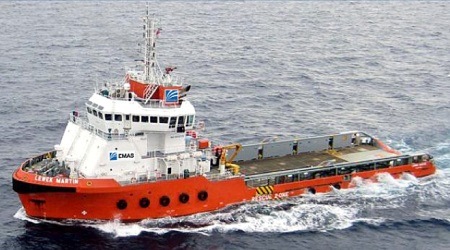
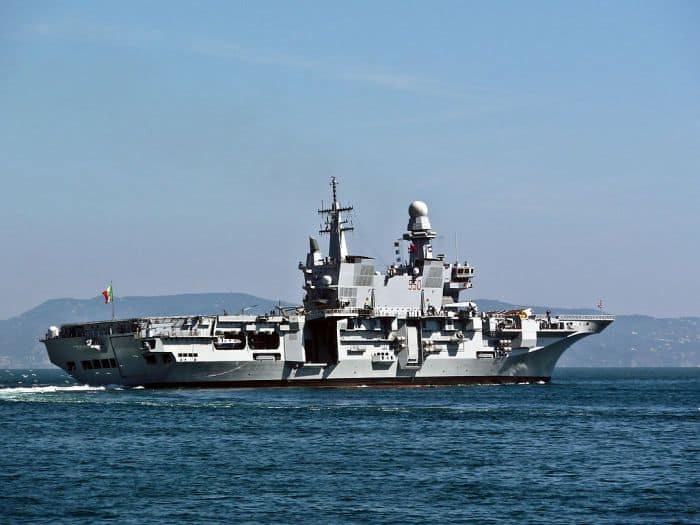
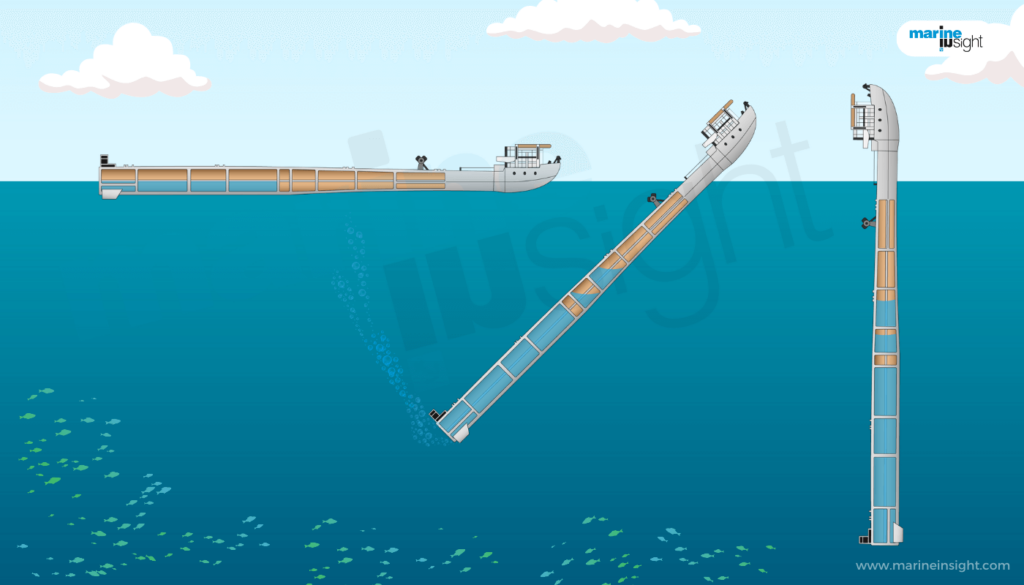

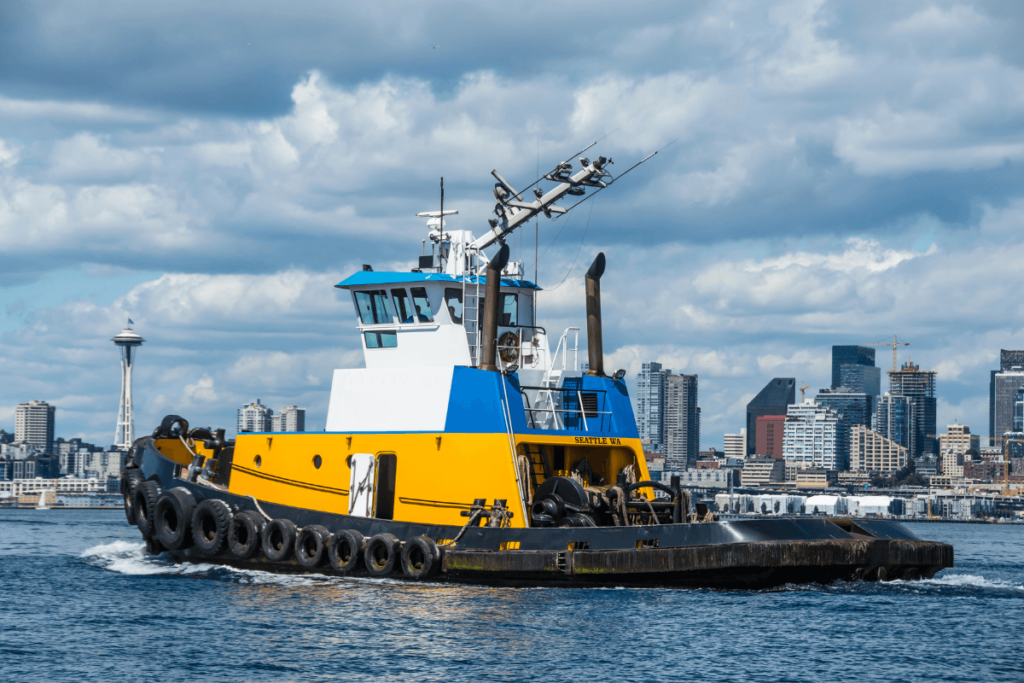

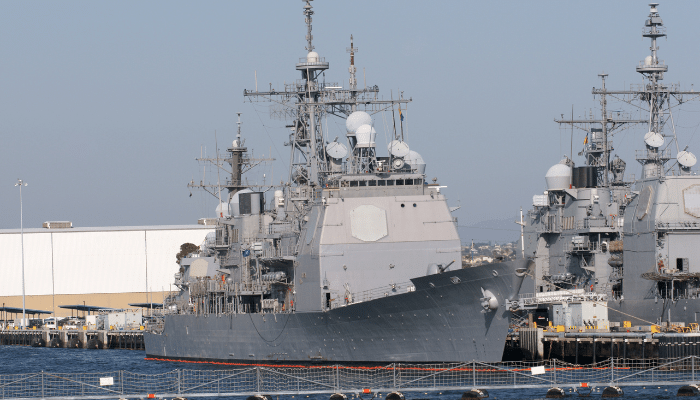

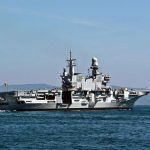
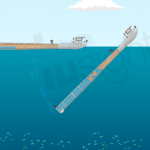
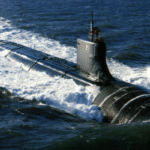
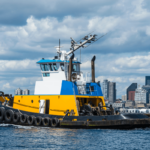
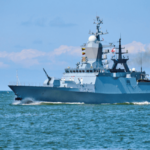
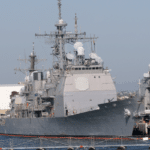
what are the regulation used in AHTS vessel